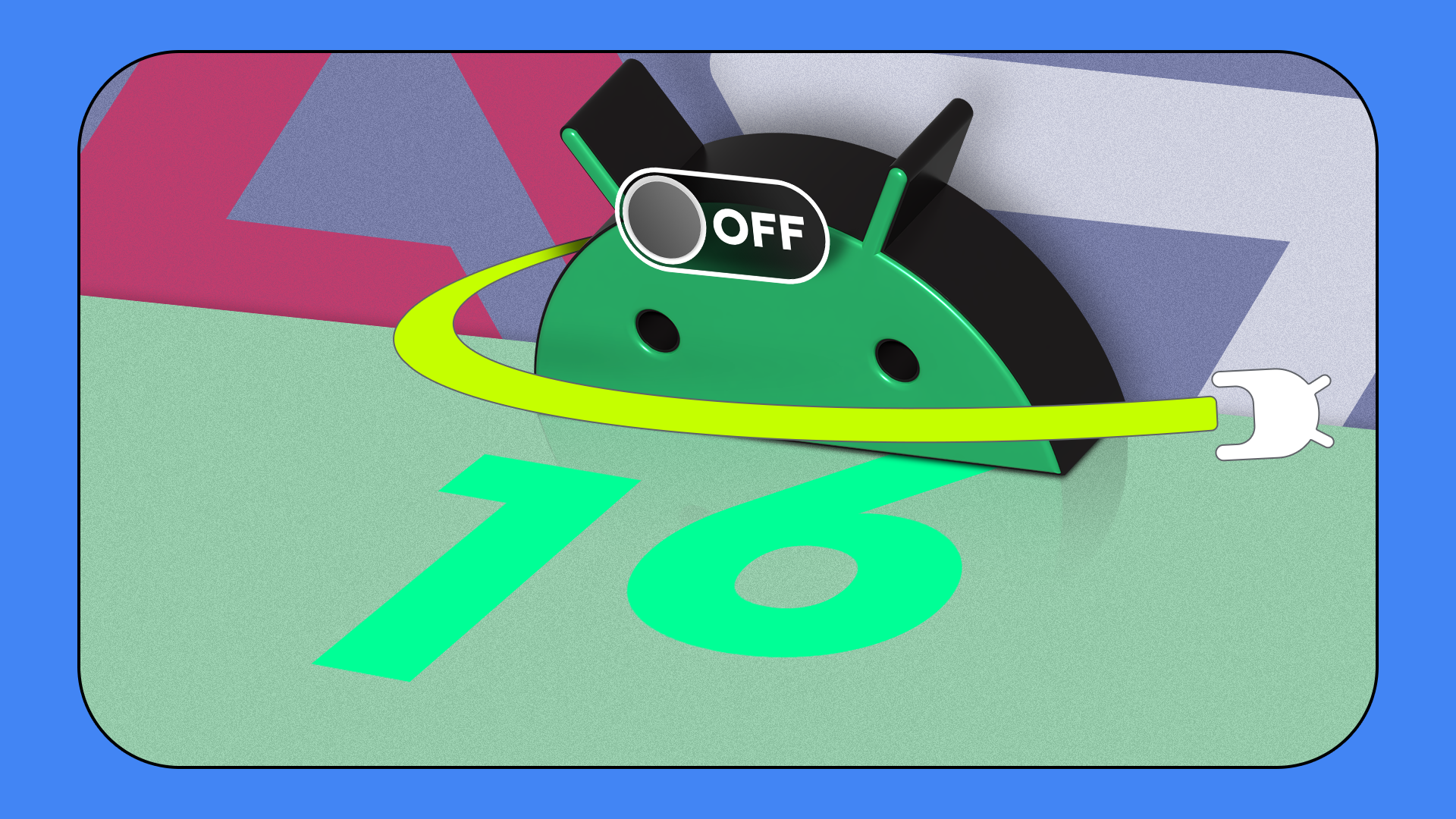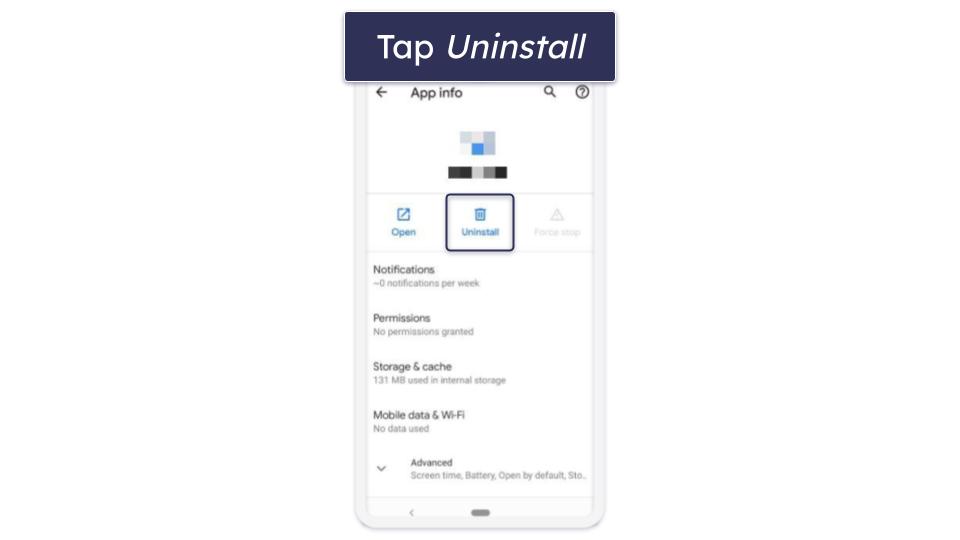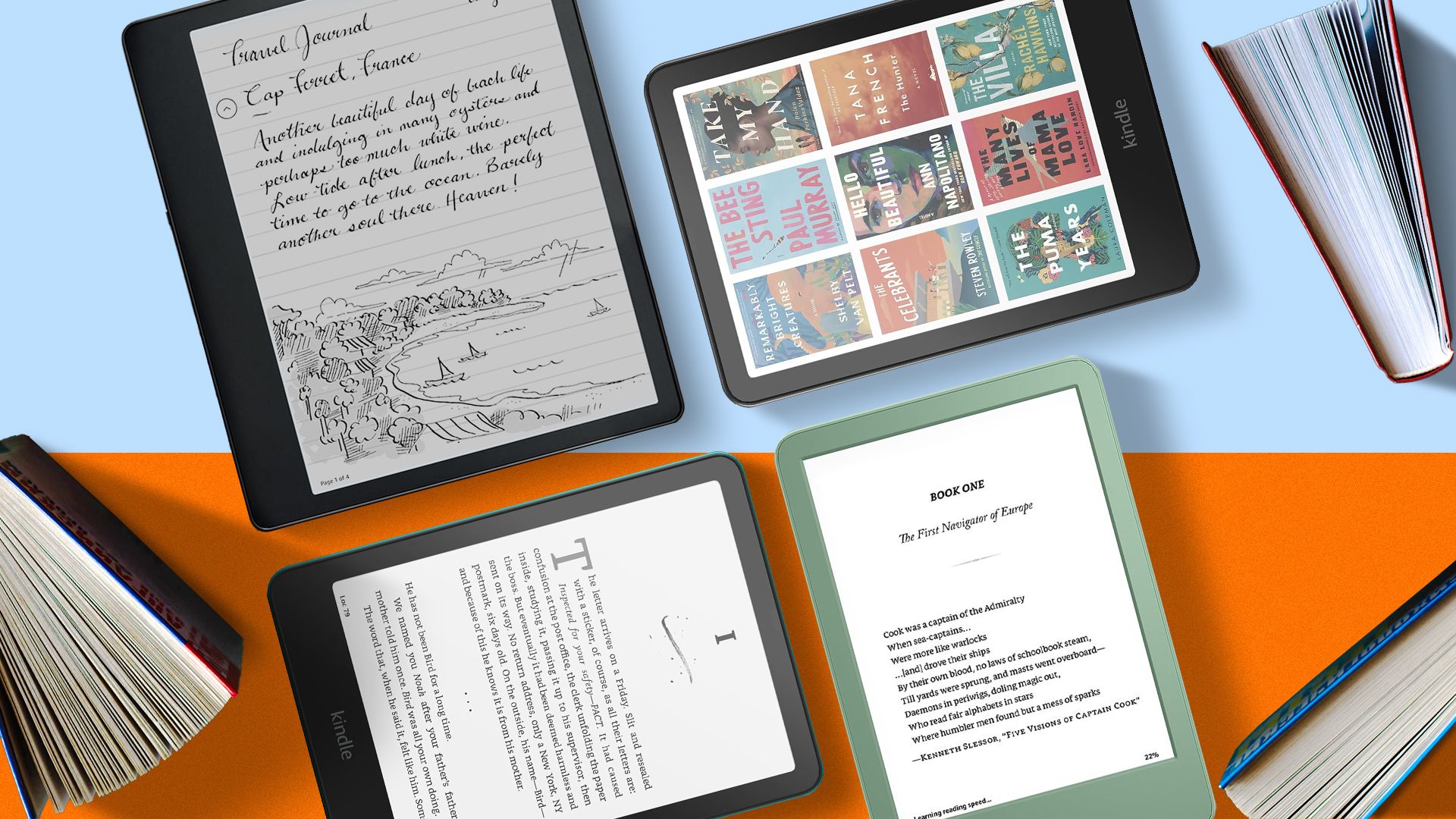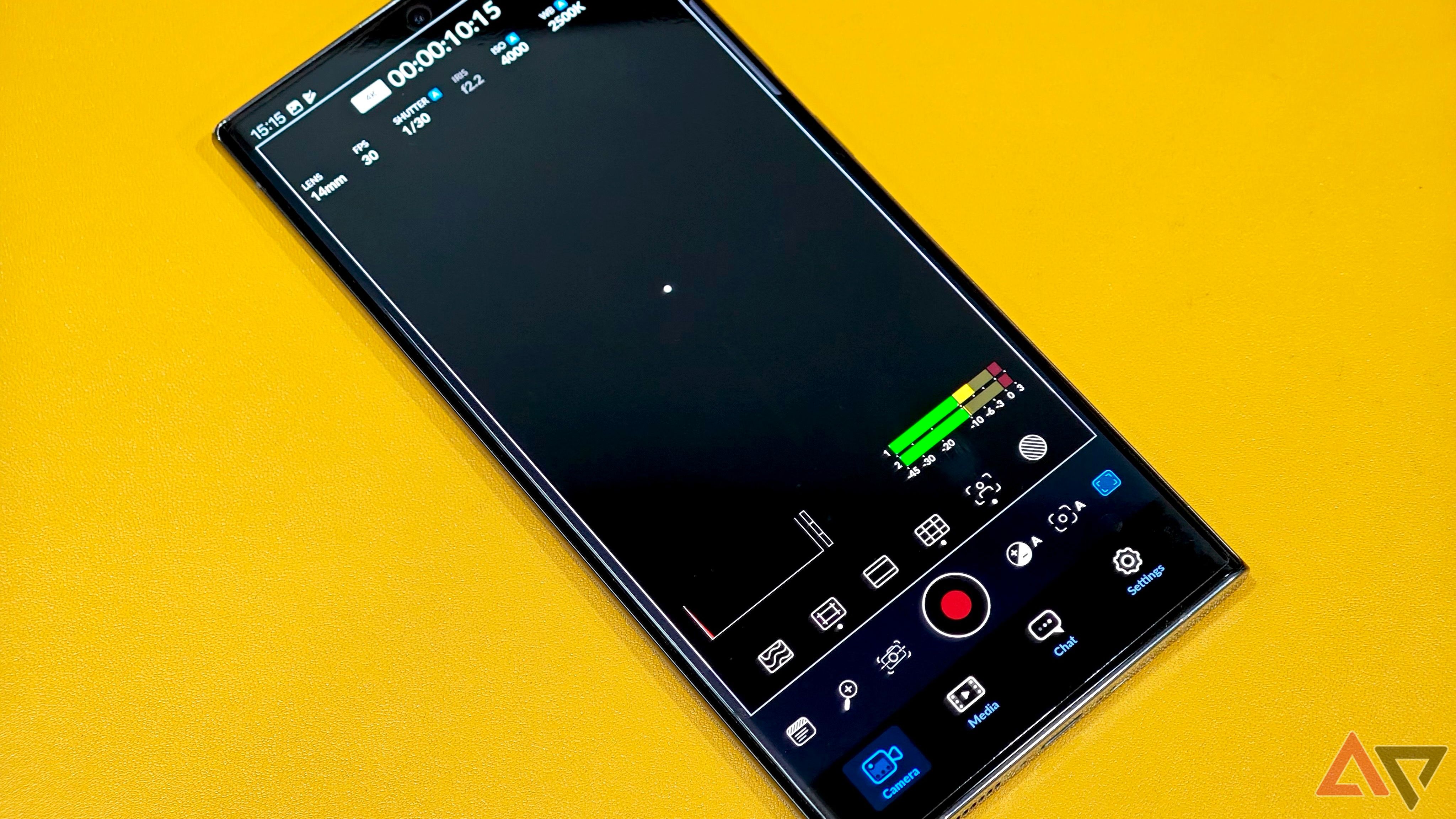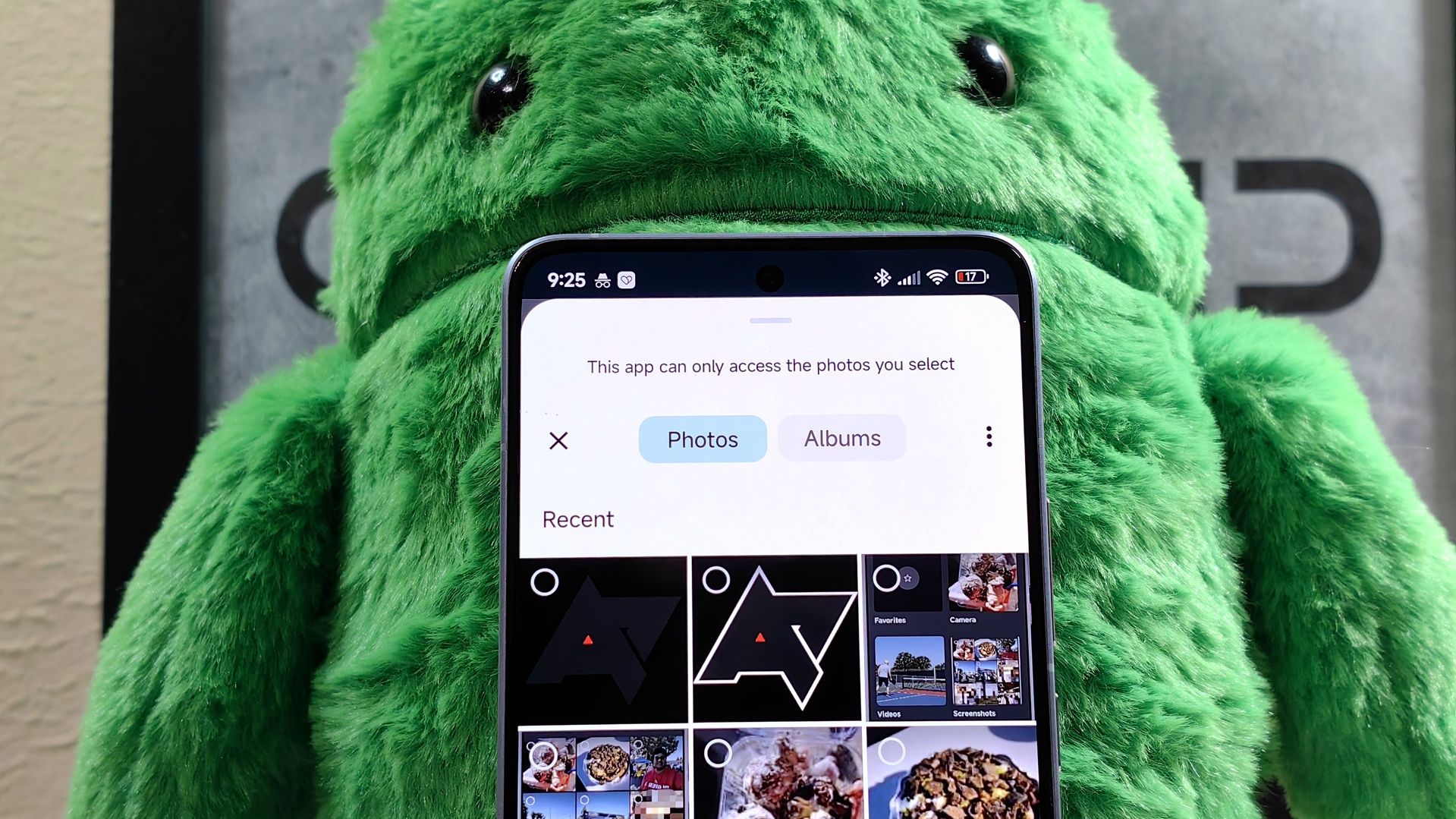Android 16 is about more than its upcoming Material 3 Expressive design, Live Updates, or Desktop mode. It packs several small changes that solve many of the OS’s long-standing annoyances. As a power user, I’m excited about some of the under-the-hood improvements in Android 16, and I’d like to share those with you.
Granular regional settings
Choose the units that work for you
Android 14 introduced regional preferences, allowing you to customize the temperature and the first day of the week, independent of your location. This came a year after Android 13 added per-app language control.
Android 16 takes it a step further, allowing you to customize the region, temperature, and measurement system, decoupling them from the system language and location.
This change may not seem like a big deal to most users. However, if you travel frequently or work remotely with colleagues from around the globe, this small feature helps a lot.
When traveling to the US for a vacation, I can ensure that my phone shows the temperature in Celsius and sticks to the DD/MM/YYYY date format. Likewise, I can ensure my work week starts on Monday, and not Sunday, as is the default across all apps.
You’ll find the regional preferences settings in Android 16 under Settings > System > Language & region > Regional preferences.
UltraHDR finally plays nice with HEIF
Enjoy higher dynamic range with HEIF’s space-saving benefits
Android 16 solves one of my biggest annoyances with Android. On flagship Android phones from Samsung, Oppo, Xiaomi, and other manufacturers, you can click and save pictures in HEIF. This file format is superior to JPEG, as it provides significant space savings.
On my Xiaomi 15 Ultra and Samsung Galaxy S23 Ultra, HEIF images use only one-third of the storage space compared to JPEGs. That matters as I take a lot of pictures. The problem is that Google’s Ultra HDR image format does not work with HEIF. It only supports JPEG.
That means I have to choose between saving pictures in HEIF with a lower file size or JPEG with Ultra HDR support. Android 16 addresses this by embedding the Ultra HDR gain map into HEIF images. While Pixel phones still don’t support HEIF capture in the default Pixel Camera app, other Android devices should gain this capability with their Android 16 update.
Google is also working on embedding the Ultra HDR gain map into WebP images. This improvement may come as part of an Android 16 QPR release later this year.
Smarter haptics
Richer haptic feedback
Android 16 enables apps and games to deliver a richer haptic feedback experience. According to Google, the new haptic APIs allow apps to “define the amplitude and frequency curves of a haptic effect while abstracting away differences between device capabilities.”
This means app developers can use the haptic APIs to increase or decrease the vibration’s strength, speed, and curve (for example, to ramp up fast and fade slowly). The best part is that developers will not have to deal with varying haptic motors across Android devices. Google handles this in the background for a consistent experience.
I frequently play games on the iPhone and love how developers use the Taptic engine to provide granular haptic feedback. Although not the same, Android 16’s haptic APIs should allow developers to provide richer haptic feedback in their games for a more immersive experience.
More powerful pro camera apps
Thanks to the Camera2 API improvements
I mostly stick to the stock camera app on my Android phone, and it gets the job done in most cases. The problem with third-party camera apps on Android is that, while feature-rich, they fall short compared to what is available on the iPhone. Google is primarily to blame, as it doesn’t expose the necessary APIs for developers to fully tap into the camera’s capabilities.
Android 16 fixes this problem to a large extent by upgrading the Camera2 API. Developers can add support for hybrid auto-exposure modes, finer color temperature and tint adjustments, and support motion photo capture. As Google previously announced, Android 16 introduces a Night Mode Indicator API, allowing apps to detect when they are in a low-light environment and use Night Mode to capture superior images.
Most regular users may not care about this improvement. However, this improvement should enhance the experience when I use a third-party camera app. Now, it is up to camera app developers to leverage the enhanced Camera2 API features in their apps.
Cloud search in photo picker
A long overdue feature
Google rolled out a new privacy-friendly and iPhone-inspired photo picker with Android 13 in 2022. Soon after, it backported the picker to devices running Android 4.4 KitKat or newer. Over time, Google updated the photo picker to add support for third-party cloud storage services. Still, it’s not perfect, with the inability to search your photo library being a sore point.
Android 16 changes that by introducing relevant APIs to enable cloud search in the photo picker. It is now up to developers to integrate this feature into their apps. The new APIs will also allow them to “embed the photo picker into their view hierarchy,” making it feel more integrated. Google Play cracked down on apps that unnecessarily accessed your media library in late 2024, so developers should be quick to adopt the new API.
Hopefully, Google will tap into the new Android 16 APIs to add a search tool in Google Photos when using the photo picker.
Android 16 gets the small things right
The above Android 16 features may not turn heads, and rightfully so, since the OS packs several bigger changes that bring a bigger quality-of-life improvement. However, if you’re a power user like me, you’ll appreciate how these subtle improvements polish the experience and quietly fix the small annoyances that add up over time.


